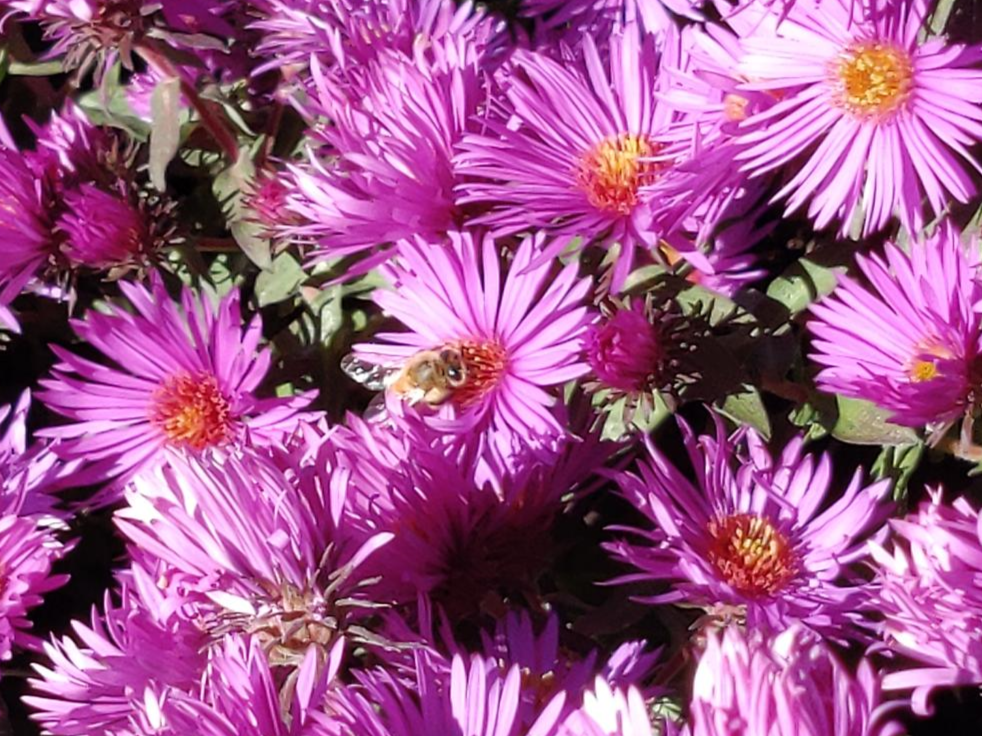In recent years there’s been a lot of buzz about the declining bee population worldwide. But things, we hope, are taking a turn for the better.
Context if You’re New to the Bee Issue
The bees’ declining numbers have been cause for concern among agriculturalists, zoologists, and bee lovers alike, since bees are basically the load-bearing wall holding up our ecosystem.
To demonstrate the stakes here, it’s estimated that 1 in 3 bites of food we take was dependent on a bee’s pollination. We lose bees, we (and all living creatures) lose a third of our food supply.
So, it’s alarming to learn that since 2006, “commercial beekeepers in the United States have lost an average of 30 percent of their bees each winter—compared to historical loss rates of 10 to 15 percent” according to Ohio State University1.
Bee Populations Are Stabilizing
However, despite cataclysmic deaths among the bee populations, recent surveys report that bee populations are stabilizing. How?
The answer lies partially in the expensive and prodigious efforts of beekeepers to maintain their population and raise more bees. Knowing how to bounce back from big losses has become part of the job for beekeepers. Albeit, not an ideal solution, we are widening the margin of safety between agriculture-dependent life forms and a total bee-pocalypse.
And there’s more good news. Another survey2 reveals that the mortality rate of bees, though still a concern, is declining since its all-time high, experienced between 2020 and 2021.
What’s Changed for Bees?
Environmental organizations, researchers, and individuals have been actively advocating for the protection of bee habitats and the reduction of pesticide use.
Many communities have embraced bee-friendly initiatives, planting wildflowers and creating pollinator-friendly gardens, which provide a much-needed source of forage for bees.
Furthermore, some regions have implemented stricter regulations on the use of neonicotinoid pesticides, which are known to be harmful to bees. These changes in pesticide regulations have played a crucial role in reducing the impact of toxic chemicals on bee colonies.
Innovative approaches to sustainable farming practices, such as integrated pest management, have also been adopted to minimize the risks to pollinators while still ensuring crop yields.
How Can You Help the Bees Thrive?
As we witness the promising stabilization of bee populations, it’s crucial for individuals to play their part in ensuring the continued well-being of these incredible pollinators.
Whether you’re a nature enthusiast, a gardener, or simply someone who enjoys the fruits of the earth, here are some ways you can contribute to the preservation of bees and their vital role in our ecosystems.
1. Plant Bee-Friendly Gardens
Creating a bee-friendly garden in your backyard or even on your balcony is a simple but effective way to provide bees with a haven for foraging. Plant a variety of native flowers, shrubs, and trees that offer nectar and pollen, as this diversity will attract different bee species.
2. Avoid Chemical Pesticides
One of the most significant threats to bee populations is the use of chemical pesticides. Consider alternatives like integrated pest management (IPM) or organic farming practices to minimize the negative impact on bees and other pollinators.
3. Support Local Beekeepers
Buying honey and other bee-related products from local beekeepers helps sustain their efforts and encourages responsible beekeeping practices. It’s a delicious way to show your support for these hardworking individuals and their indispensable bee colonies.
Honey Gardens works with local beekeepers to provide regionally sourced honey products and support ethical beekeeping. You can check them out here.
Conclusion
The world has faced a formidable challenge in the decline of bee populations, but recent developments offer a glimmer of hope for these essential pollinators.
As we navigate these uncertain times, the efforts of beekeepers, environmental organizations, and communities have begun to bear fruit.
Sources

